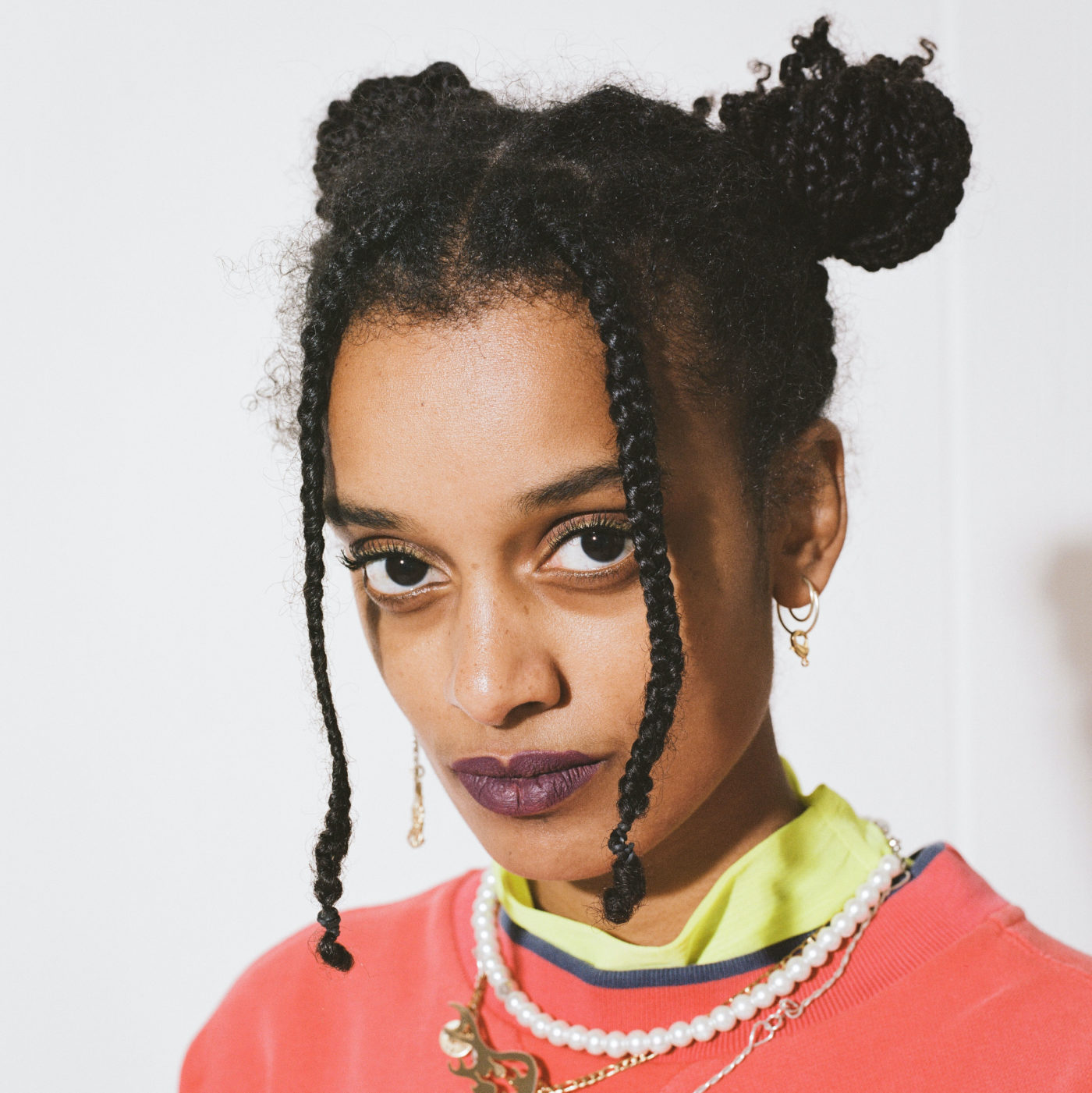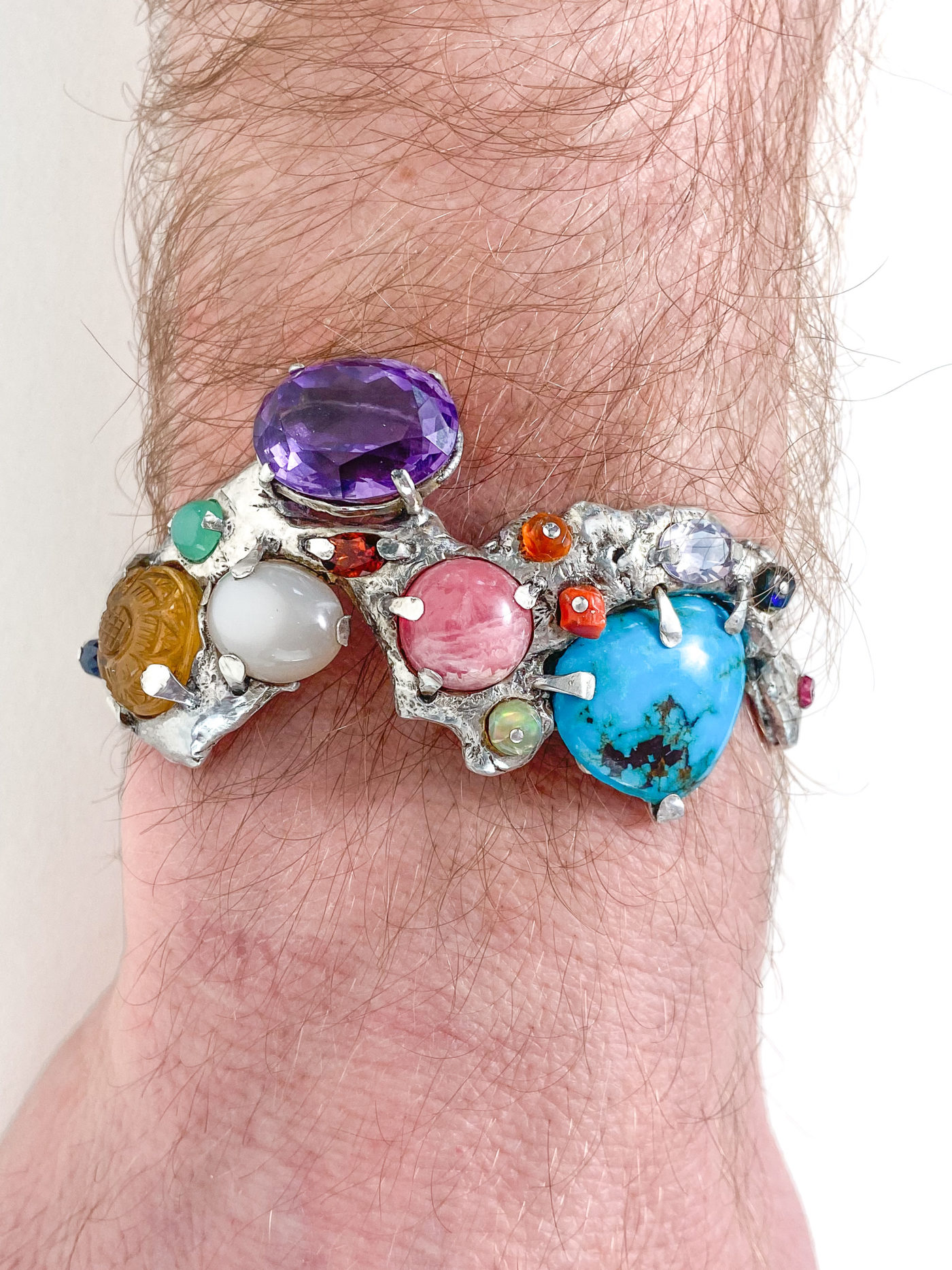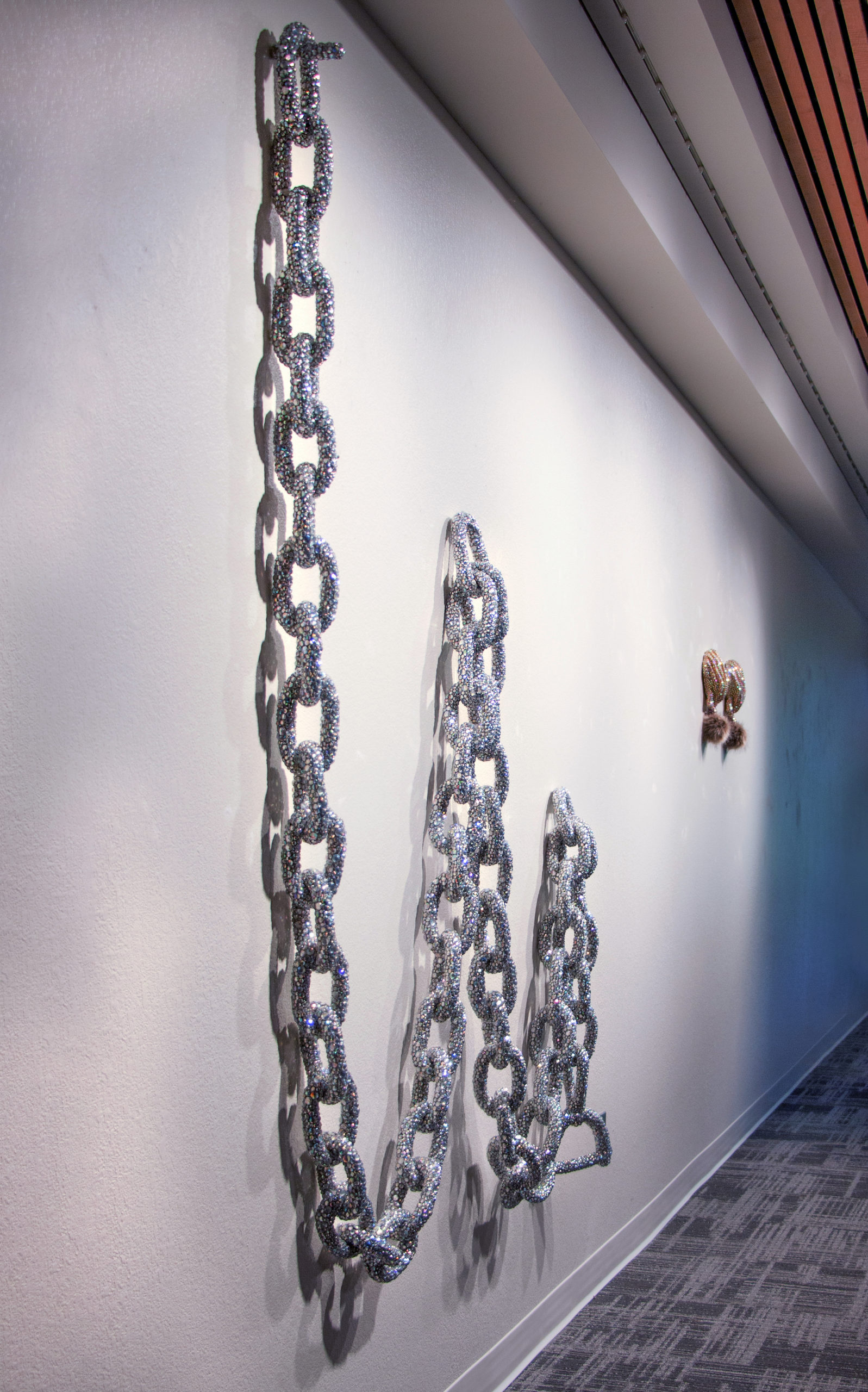Consider a region that encompasses Mesopotamia, rich with the heritage, the DNA of countless historic civilizations, each making significant contributions to the art and craft of jewelry-making, shaping the unique styles and techniques that define this area… This is the essence of Turkish jewelry design!
Once Upon a Time
Some of the earliest jewels made of gold, silver, and semi-precious stones were discovered in Mesopotamia, specifically in the royal tombs of the ancient city of Ur. Dating back to around 2500 BCE, these artifacts highlight the advanced craftsmanship of that era.
Some of the most influential civilizations that emerged in this region include Çatalhöyük, dating back the Prehistoric Period around 7500 BCE, is the first known city in the world, the first place where surrounding villages came together forming a central location, where a sort of urban civilization that dominates the modern world began. Çatalhöyük, was inscribed as a UNESCO World Heritage Site in July 2012.
During excavations, ornaments made from animal shells, natural glass, stone, and malachite, as well as mirrors made from obsidian were uncovered. These findings highlight the value placed on decorative items during this period. Other historic civilizations include the Hittites, Phrygians, Urartians.
The Urartians made significant advancements in metal and stone decorative arts. The finest examples of the granulation technique is seen on items found during this period. The Lydians, who created one of the first known coins, significantly impacting trade and economics. This legacy continued with the Ionian Greeks, the Hellenistic civilization, and the Roman Empire, ultimately culminating in the Byzantine Empire, which lasted until the Ottoman conquest in 1453 CE.
All these civilizations contributed significantly to the development of jewelry-making in Turkiye, through their unique styles and materials, employing various techniques and materials that reflected their cultural values and technological advancements.
Empire of Glamour
The Ottomans integrated further, their various cultural influences, merging motifs of the Byzantine and Islamic art, leading to unique designs that often featured floral patterns, calligraphy, and geometric shapes.
The imperial court was renowned for creating exquisite jewelry, including ceremonial pieces for the sultans and their families. These elaborate adornments, which included crowns, necklaces, and rings, showcased not only the grandeur and wealth of the sultans but also, the artistry of the imperial court. Some of the Sultans mastered in jewelry design taking part in the history of the glamour.
During the Ottoman period, jewelry became a significant status symbol, often reflecting the wealth and power of the wearer. It was common for pieces to be adorned with gemstones like emeralds, rubies, and pearls, signifying luxury and sophistication. Each region of Turkiye developed its respective unique style, with artisans employing local materials and techniques. Among the treasures housed in the famous Topkapi Palace was the renowned Topkapi Diamond.
Mystic Encounters
Istanbul’s workshops emerged as centers of excellence, producing ornate pieces characterized by intricate designs and exceptional craftsmanship. The focal point of the city’s craft industry, the Grand Bazaar in Istanbul has been instrumental in shaping the history of Turkish jewelry design. As one of the largest and oldest covered markets in the world, it has served as a vibrant hub for trade and cultural exchange since the 15th century.
The Bazaar fostered interactions among diverse cultures, enabling artisans to blend various styles and techniques into their jewelry creations. This fusion enriched Turkish jewelry, setting it apart with a unique identity.
Skilled artisans in the Grand Bazaar not only preserved traditional techniques but also fostered innovation. Many jewelers gained recognition for their exceptional craftsmanship, passing their expertise down through generations. The Bazaar has functioned as an informal school, shaping many of today’s leading Turkish designers. As a bustling marketplace, the Bazaar attracted both local and international buyers seeking luxury items. The demand for intricate and distinctive pieces inspired artisans to continually push the boundaries of design and quality.
Jewelry in Turkish culture often carries deep symbolism, closely tied to regional traditions and personal milestones. The Grand Bazaar has been a focal point for these culturally significant pieces, helping to sustain and evolve these traditions over time. Ultimately, the Grand Bazaar has functioned not just as a marketplace but as a cultural crossroads, profoundly influencing the evolution of Turkish jewelry design and reflecting the region’s rich artistic heritage.
Harmony of Cultures
Turkish jewelry is renowned for its craftsmanship and intricate designs and the use of high-quality materials such as gold, silver, and gemstones.
The craftsmanship often involves techniques like filigree, where fine threads of metal are twisted and soldered to create delicate patterns. This technique exemplifies the intricate artistry of Turkish jewelers, highlighting their skills and attention to detail.
The use of symbolic motifs plays a significant role in Turkish jewelry design. Many pieces incorporate traditional symbols, such as the “evil eye”(Nazar), which is believed to offer protection against negative energy, or motifs drawn from nature, such as flowers and leaves. These designs are not only aesthetically pleasing but also imbued with cultural significance, often carrying deep meanings and are intended to convey blessings, protection, and cultural identity.
While traditional methods and motifs remain prevalent, contemporary Turkish jewelry design has seen a shift towards modernization. Designers are increasingly incorporating modern aesthetics and innovative materials, catering to a global audience. This fusion of traditional and contemporary styles allows for a diverse range of jewelry that appeals to both local and international markets.
Some Turkish brands are known for their unique approach to jewelry design, merging elements from Turkiye’s rich historical civilizations with contemporary aesthetics.

Sevan Bicakci
Renowned Turkish jeweler and designer Sevan Bicakci is known for his unique blend of traditional craftsmanship and contemporary design.
He creates intricate, handcrafted jewelry that often features storytelling elements, detailed engravings, and a deep appreciation for cultural heritage. Bicakci’s work has gained international acclaim, establishing him as a significant figure in the luxury jewelry sector and a key proponent of Turkish design.
His pieces often reflect themes from nature, history, and mythology, showcasing his artistry and innovative approach.
Urart
One of the most important Turkish Jewelry house is Urart. Founded in 1972, Urart draws inspiration from the rich cultural heritage of the Urartian civilization and other ancient Anatolian cultures, studying artifacts and motifs from archaeological sites.

Each design often tells a story or symbolizes a concept from Urartian history, creating a narrative that connects wearers to the past. This combination of research, craftsmanship, and modern design allows Urart to create unique pieces that celebrate Turkiye’s rich heritage.
The brand employs traditional jewelry-making techniques, including handcrafting and meticulous detailing, to ensure each piece reflects a high level of craftsmanship. While honoring historical influences, Urart integrates modern design elements to appeal to contemporary tastes, resulting in pieces that are both timeless and fashionable. They often use high-quality materials, such as gold, silver, and precious stones, to enhance the durability and luxury of their creations.
Contemporary designers are also experimenting with sustainable practices, using ethically sourced materials and environment friendly production methods. This shift reflects a growing awareness of global issues and aligns with the preferences of modern consumers who value sustainability.

Suciyan Jewels
Known for its luxury and contemporary designs, Suciyan Jewels by Arman Suciyan is a distinctive jewelry brand. The brand often emphasizes high-quality materials, intricate craftsmanship, and unique, artistic elements that blend modern aesthetics with meticulous attention to detail. Their pieces cater to those seeking distinctive, statement jewelry for special occasions or everyday wear. The brand prioritizes responsible sourcing, making it a thoughtful choice for conscious consumers seeking both beauty and sustainability in their jewelry.

Ela Cindoruk and Nazan Pak
Pivotal figures in modern Turkish design, Ela Cindoruk and Nazan Pak are known for their minimalist approach and innovative craftsmanship. Their philosophy of “less is more” has influenced contemporary aesthetics, emphasizing simplicity and elegance. By participating in international design fairs and receiving prestigious awards, they have brought global attention to Turkish design. Their contributions have helped elevate Turkish design on the world stage, blending traditional techniques with modern sensibilities.
Turkish jewelry design is a captivating blend of history, culture, and artistry, reflecting a vibrant journey through time. It showcases the evolution of styles while preserving traditional techniques and meanings rooted in the country’s rich cultural heritage. As artisans embrace modern techniques alongside these traditions, Turkish jewelry continues to captivate and inspire, adapting to contemporary trends while remaining a vital expression of identity and creativity. This ongoing dialogue between tradition and innovation ensures that Turkish jewelry will enchant and inspire for generations to come, promising a future as dynamic and diverse as its past.
Written by Ece Ermec Uster. Ece is based in Istanbul, Turkey. She is an independent jewelry curator, consultant and writer.
Enjoyed this piece? Explore more jewelry content from Future Heirloom!































































